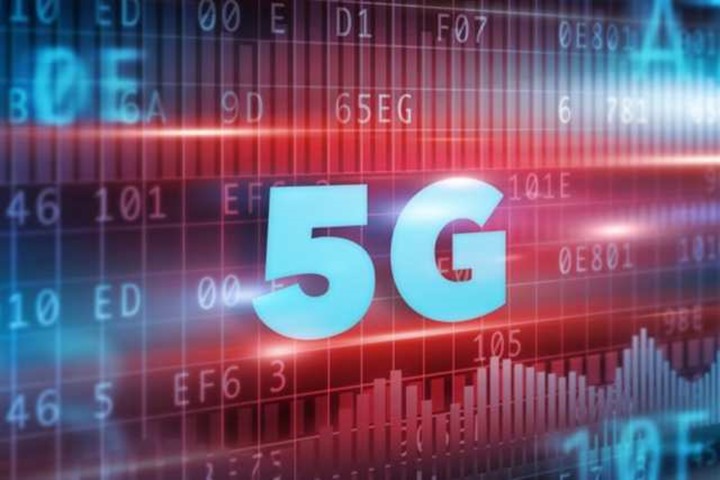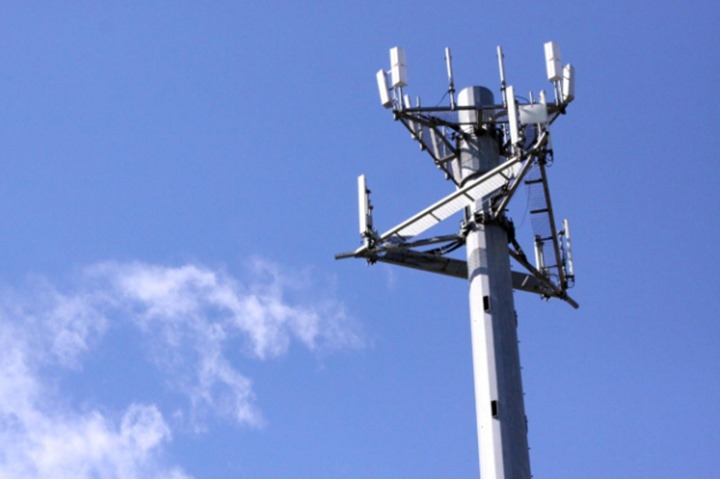If you think that 4G networks are fast then wait some time to say what you think of 5G networks. At a time when mobile networks fourth-generation beginning to be widely used (especially in Portugal), ITU has set officially the 5G network will offer speeds that can reach 20 Gbps (theoretically).
were recently conducted several real tests in Japan using 5G technology, having been able to reach speeds of around 3.6 Gbps.

The 5G networks are not exactly a novelty. In 2014 we reported here that South Korea was already planning to make available to its users a mobile network with 5G technology (fifth generation), scenery which was later confirmed by the European Union since there was a communication partnership through.
Recently, the International Telecommunication Union (ITU) discussed some preliminary specifications for the 5G technology, at an event held in San Diego, having already decided that this technology will offer transmission rates of around 20 Gbps, that is (theoretically) 20x faster than the speed 4G technology to 1 Gbps. In Portugal the most advanced mobile network is Vodafone which enables download speeds up to 300 Mbps and 50 Mbps upload.
Following a partnership between Huawei manufacturer and NTT DoCoMo , comes the news that for a set of tests to 5G technology, we were able to achieve 3.6 Gbps , this in a real scenario. The technology has been used by 24 users down the frequency of 6GHz.
Today’s trial Represents the first large-scale Multi-User MIMO (MU-MIMO) technology test, with a concurrent connectivity of 24 user devices in the macro-cell environment on the sub-6GHz frequency band, in conjunction, it is Also the first time to validate the performance of Sparse Code Multiple Access (SCMA) and Filtered OFDM (F-OFDM) in the field, both of Which are 5G new air interface technologies proposed by Huawei. The cell average downlink throughput of MU-pampering is 1.34Gbps, 3.6Gbps on with download peak throughput in the 100MHz ultra-wide band channel; These speeds are more than 10 times faster than single layer Single User MIMO (SU-MIMO) technology. The joint trial of 5G new radio access technologies is a key step toward accelerating 5G standardization and commercialization.

The tests They are of particular interest from the point of view of structure, since it is used by almost the same 4G networks. Huawei hopes that this 5G technology is ready for commercial purposes before 2018. Since NTT DoCoMo rfere that this technology will only come in 2020.
Via Huawei
No comments:
Post a Comment